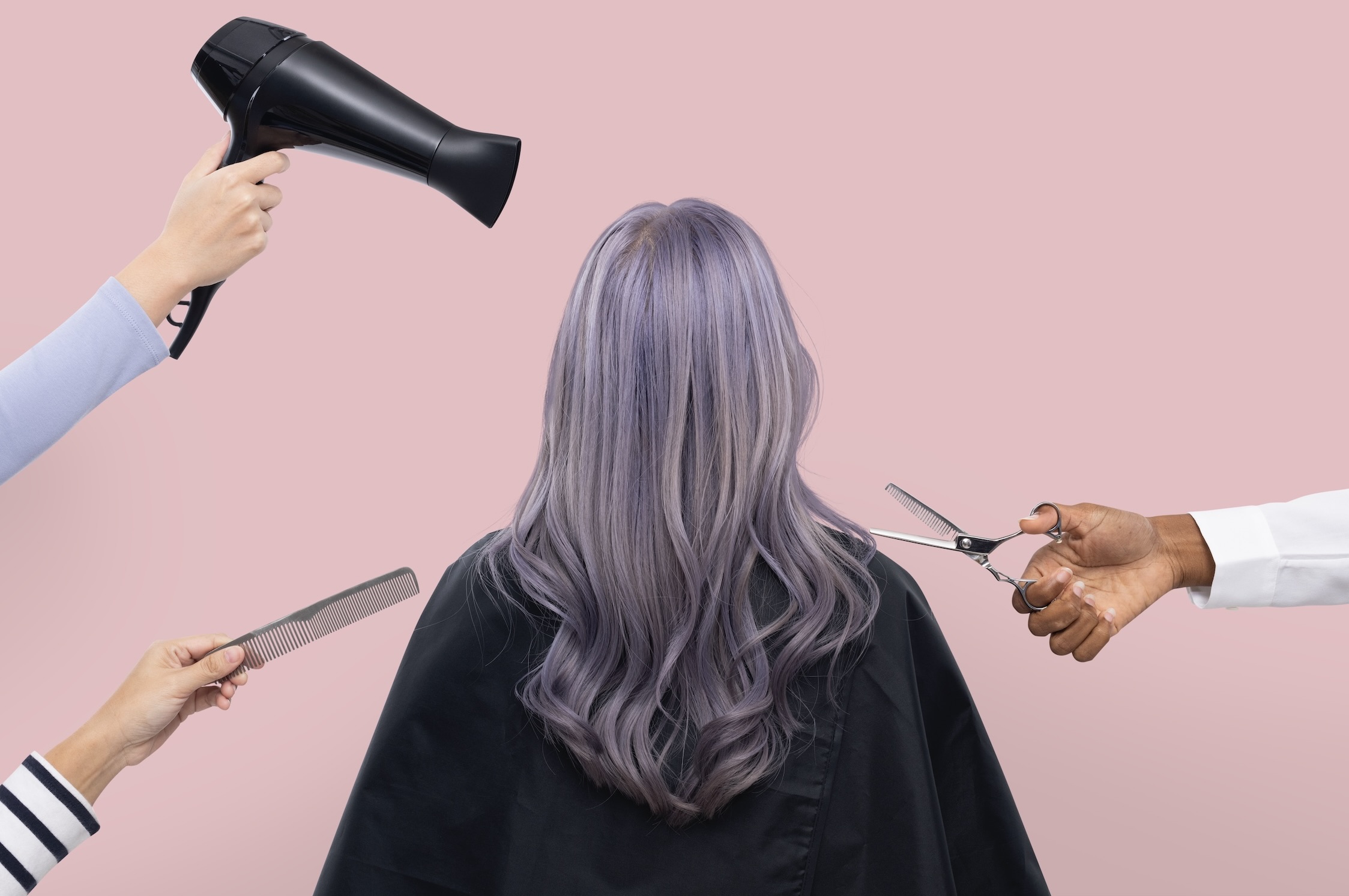The Best Insurers for Hairdressers and Beauty Salons

Every scissors snip and colour treatment brings a promise of transformation — but behind the scenes there’s the very real chance of claims, mishaps or unexpected costs. That’s why securing robust salon insurance is as essential as premium shampoo in a professional venue. Whether you’re running a boutique, a mobile setup or a high-street space, understanding the layers of cover and making an informed choice is key to protecting your business, reputation and peace of mind.
- Why Beauty & Hair Salons Need Specialist Cover
- What Covers Should be in Your Policy?
- How Much Does It Cost & What Affects the Price?
- Tips for Choosing the Right Provider & Policy
- A Few Extra Considerations Before You Sign
- FAQ


Why Beauty & Hair Salons Need Specialist Cover
It’s tempting to believe standard business insurance will do the job, yet salons face unique risks: clients staying hours in a chair, exposure to chemicals, electrical tools, high foot-traffic and valuable inventory. For example, if you’re offering complex services you’ll likely research what kind of insurance does a hair salon need to ensure you’re not simply under-insured. According to UK industry data, salons are prone to claims from treatment errors, allergic reactions and slips — making a tailored policy critical.
What Covers Should be in Your Policy?
To pick the right plan you should check off core coverages, then consider optional extras aligned to your venue’s scale and services. The term beauty salon insurance often implies cover beyond hair-cutting: nails, tanning, aesthetics—all carrying their own risk profiles. Here’s a practical breakdown.
Key types of cover to look for:
- Public liability insurance – for injuries/damage to clients or visitors.
- Employers’ liability insurance – legally required if you have staff.
- Treatment risk or professional indemnity cover – for service errors or allergic reactions.
- Contents & stock insurance – for your chairs, styling tools, products or equipment.
- Business interruption cover – in case a fire, flood or other event forces you to close temporarily.
- Product liability cover – for sold goods that might cause harm or reaction.
For hair salon insurance, the details matter: treatment risk, product liability and contents cover become every bit as important as client slips or equipment theft. Take each element seriously: for example, if you change supplier or add a skincare line you might need to revise your treatment-risk cover accordingly.
How Much Does It Cost & What Affects the Price?
Naturally, the cost depends on your size, services, treatment risk and location. Research shows that for UK salons, annual premiums might range from around $600 to $4,000 for small-to-medium venues.
Here are the main cost-drivers for salon insurance:
- Number of employees and whether you offer high-risk treatments (e.g., laser, advanced colour).
- Volume of clients and foot-traffic (higher turnover often means higher risk).
- Location and premises type (high-street vs mobile; ground-floor vs upstairs).
- Claims history and general level of risk control (training, hygiene, equipment maintenance).
If you’re a one-person mobile stylist you might carry minimal cover for less cost—but if you ask what kind of insurance does a hair salon need when you’re just freelancing, the answer may differ greatly from a full-service salon’s needs.
Tips for Choosing the Right Provider & Policy
Selecting the insurer and policy is just as crucial as choosing the type of cover. You’ll want a partner who understands the beauty/hair industry. A good policy should reflect the specific services you offer, whether it’s hair styling, facials, nail treatments, or advanced procedures. When it comes to beauty salon insurance, look for providers that offer tailored protection—covering public liability, treatment risks, equipment damage, and employee injuries.
Here are some helpful criteria:
| Criterion | Why It Matters | Key Question to Ask |
| Specialisation in salons/wellness | Insurers familiar with treatments understand the risk better | “Do you cover treatment liability and allergic reactions?” |
| Flexibility & add-ons | As you grow services, you’ll need cover to evolve | “Can I add new services or locations easily?” |
| Claims history and speed | A fast, clear claims process protects you from reputational damage | “What’s your average claims resolution time?” |
| Transparent cost & limits | You must understand what is not covered | “What exclusions apply to high-risk treatments?” |
After seeing this you may realise just how essential hair salon business insurance is: it’s not just about covering accidents, but ensuring the business remains sustainable and trusted by clients.
A Few Extra Considerations Before You Sign
Don’t overlook these practical but often missed points:
- Update your insurer when you add new services or expand premises—staying on an older, inappropriate policy can leave you exposed.
- Check exclusions carefully—some policies exclude “experimental” treatments or chemical procedures unless declared.
- Make sure your equipment, product stock and lease obligations are covered—especially if you’ve financed high-cost machines or store retail goods.
- Training, hygiene, guarding against theft or slips—these become compelling when negotiating premiums or defending a claim.
Regularly reviewing your salon insurance ensures your coverage evolves with your business—especially as you introduce new treatments or upgrade your space.
FAQ
What kind of insurance do I need if I offer advanced beauty treatments like chemical peels or microblading?
You’ll need cosmetology insurance that specifically covers high-risk or specialist procedures. This ensures you’re protected if a client experiences an adverse reaction or alleges negligence.
What’s the difference between salon insurance and standard business insurance?
Salon insurance is tailored to handle the unique risks of hair and beauty services: chemical treatments, client slips, equipment theft, and so on. Standard business insurance may leave gaps for these specific liabilities.
Is public liability cover enough for a salon?
Not usually. While it covers third-party injuries or damage, it won’t cover treatment errors, allergic reactions or professional indemnity issues—so you’ll typically need those added.
What happens if I don’t have the right cover and a claim arises?
You could face full financial liability, reputational damage, voided lease agreements or even fines (for missing mandatory cover). Choosing the right beauty salon insurance package protects your business and your livelihood from these risks.
Is employers’ liability insurance required for salons?
Yes. If you employ staff—even trainees or part-time workers—you must have employers’ liability cover (legal requirement in many jurisdictions). This is separate from public liability.
How can I keep my insurance premium manageable?
You can manage costs by reducing risk (training, hygiene, security), choosing higher voluntary excess, limiting high-risk treatments initially and reviewing your salon insurance annually as your business evolves.


